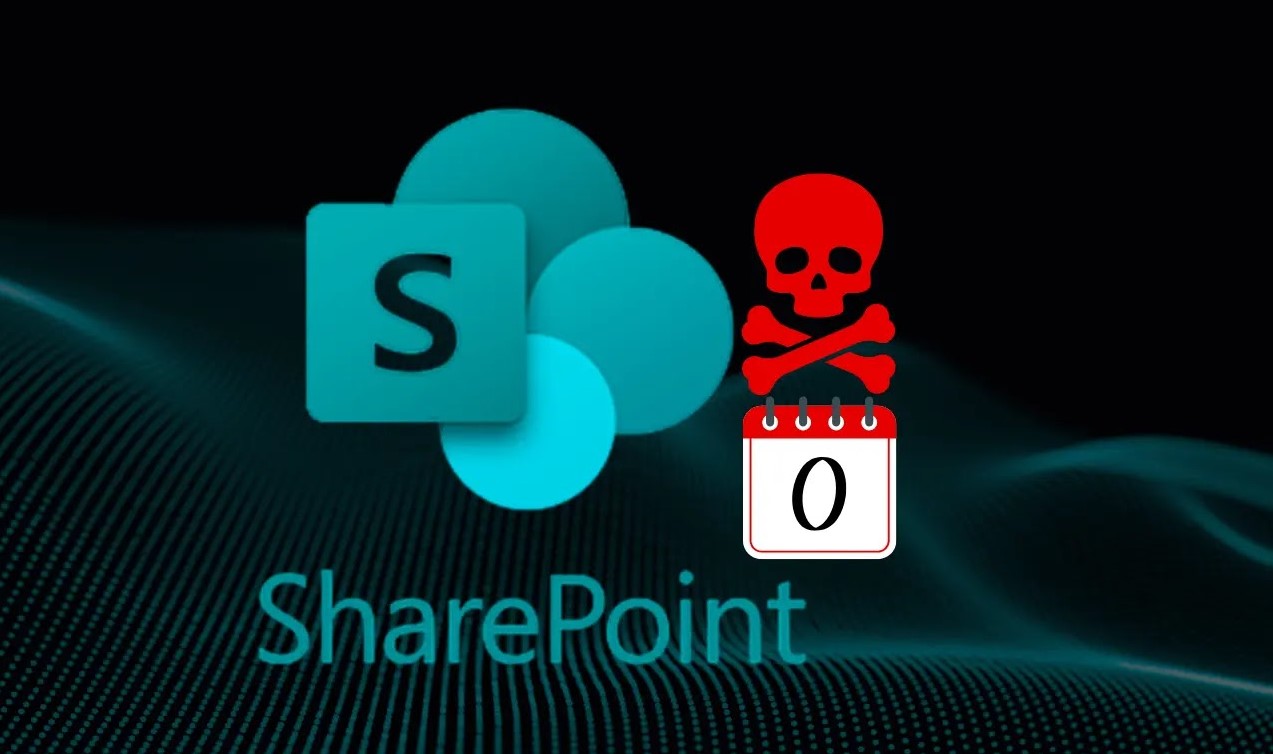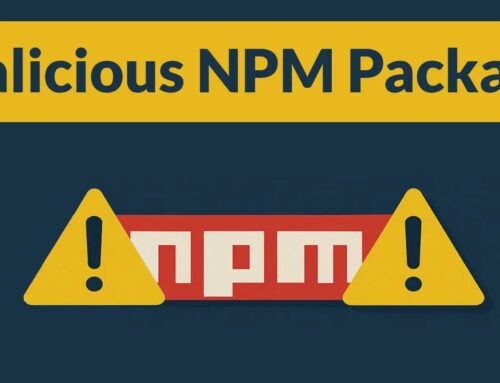
Microsoft Probes Leak in Early Alert System as Chinese Hackers Exploit SharePoint Vulnerabilities
A recent revelation has sent ripples through the cybersecurity community: Microsoft is actively investigating whether a major leak from its Microsoft Active Protections Program (MAPP) inadvertently armed Chinese state-sponsored threat actors. The concern is that this leak may have allowed these groups to weaponize critical SharePoint vulnerabilities, effectively giving them a head start before security patches could fully secure systems globally. This incident underscores a profound paradox – the very systems designed to protect against zero-day exploitation can, if compromised, become conduits for widespread attacks.
The MAPP Program: A Double-Edged Sword?
The Microsoft Active Protections Program (MAPP) is designed as an early warning system. It shares vulnerability information with trusted security software vendors before public patch releases. The goal is to allow these vendors to develop and deploy early detection and protection mechanisms for their customers. This proactive approach aims to minimize the window of vulnerability between a vulnerability’s discovery and its widespread patching. However, the current investigation suggests a potential critical failure point: If sensitive vulnerability details shared via MAPP fall into the wrong hands, they can be leveraged by sophisticated adversaries to craft exploits before defensive measures are in place.
Sources familiar with the matter indicate that the investigation stems from the observation that Chinese state-sponsored hackers were exploiting SharePoint vulnerabilities ahead of the full deployment of Microsoft’s patches. This timeline suggests an insider advantage, potentially derived from early-access information intended for defensive purposes.
SharePoint Vulnerabilities: A Gateway for Espionage
Microsoft SharePoint, a widely used platform for collaboration and document management, presents an attractive target for cyber espionage. Its deep integration into organizational networks and access to sensitive data make successful exploitation highly valuable to nation-state actors. While the specific CVEs exploited in this incident aren’t explicitly detailed in the source, the pattern of attacks points to critical vulnerabilities that facilitate unauthorized access, data exfiltration, or persistence within compromised environments.
The impact has been significant, affecting over 400 organizations worldwide. Notably, this includes high-value targets such as the U.S. National Nuclear Security Administration, emphasizing the potential for severe national security implications when such vulnerabilities are exploited by state-sponsored groups.
Understanding the Threat Actor: State-Sponsored Hacking
The involvement of Chinese state-sponsored hackers elevates the threat level considerably. These groups typically possess extensive resources, highly skilled personnel, and a strategic directive to conduct cyber espionage, intellectual property theft, and critical infrastructure reconnaissance. Their capability to engineer sophisticated exploits and operate with a high degree of stealth makes their pre-patch exploitation particularly concerning. They leverage zero-day or N-day vulnerabilities with precision, often targeting specific organizations for strategic gain rather than widespread financial disruption.
Remediation Actions and Proactive Defenses
Organizations leveraging SharePoint and other Microsoft services must prioritize robust patch management and security hygiene. Given the potential for pre-patch exploitation, a layered security approach is paramount.
- Immediate Patching: Ensure all SharePoint servers, Exchange servers, and other critical Microsoft services are patched immediately upon release. Automation of patch deployment should be a high priority.
- Vulnerability Management: Regularly scan your environment for known vulnerabilities. While this incident highlights the danger of unknown vulnerabilities, diligent scanning ensures you’re not exposed to previously identified issues.
- Network Segmentation: Isolate critical servers and sensitive data enclaves from less secure parts of the network. This can limit the lateral movement of attackers even if an initial compromise occurs.
- Implement Least Privilege: Restrict user and service account permissions to the absolute minimum necessary. This reduces the blast radius of a compromised account.
- Advanced Threat Detection: Deploy Endpoint Detection and Response (EDR) and Security Information and Event Management (SIEM) solutions to monitor for anomalous activity, suspicious network connections, and indicators of compromise (IoCs).
- SharePoint Hardening: Configure SharePoint with security best practices, including strong authentication, disabling unnecessary services, and regularly reviewing audit logs.
- Incident Response Plan: Develop and regularly test a comprehensive incident response plan. Knowing how to detect, contain, eradicate, and recover from a breach is critical.
Tools for Detection and Mitigation
While no single tool can prevent all zero-day exploits, a combination of technologies can significantly enhance an organization’s defensive posture.
| Tool Name | Purpose | Link |
|---|---|---|
| Microsoft Defender for Endpoint | Endpoint Detection & Response (EDR), Vulnerability Management | Microsoft Defender for Endpoint |
| Microsoft Sentinel | Cloud-native SIEM and SOAR solution for threat detection and response | Microsoft Sentinel |
| Nessus | Vulnerability Scanning and Assessment | Nessus |
| Wireshark | Network Protocol Analyzer for traffic analysis and anomaly detection | Wireshark |
| Procmon (Sysinternals) | Windows Process Monitor for detailed system monitoring and behavioral analysis | Procmon |
Looking Ahead: Upholding Trust in Early Warning Systems
The investigation into the MAPP leak is a stark reminder of the delicate balance involved in cybersecurity intelligence sharing. While early warning systems are invaluable for accelerating defensive measures, any compromise within these systems can inadvertently empower adversaries. This incident highlights the need for continuous scrutiny of the security protocols surrounding such programs and robust measures to prevent unauthorized access to sensitive vulnerability information.
For organizations, the key takeaway is perennial vigilance. Despite the best efforts of software vendors, the threat landscape evolves continuously. Proactive vulnerability management, robust security architectures, and a strong incident response capability remain the bedrock of a resilient cybersecurity posture.





